Over the past two decades, the concept of fractional jet ownership has taken the business travel sector by storm. Fractional ownership schemes offer private jet users a range of benefits that are both practical and cost-effective.
Similarly, fractional ownership schemes have opened the availability of private jet travel to many who previously would not have considered such a mode of transport, largely due to the prohibitive costs involved.
AeroTime takes an in-depth look at fractional private jet ownership, explains what is involved, and explores the benefits that the concept offers. We also examine current trends in the fractional ownership sector and examine how such schemes are likely to develop throughout 2024 and beyond.
What is fractional ownership?
Fractional ownership is a method of owning and operating an aircraft, usually a private jet. However, the key difference between fractional ownership and owning an aircraft outright is that the aircraft has more than one owner, often multiple, who all have access to use it as they require.
With fractional ownership, each owner is allocated a set number of flying hours for the aircraft annually. In return, the capital investment, general overhead costs, certain operating costs, and other expenses incurred in owning and operating the aircraft are shared between the owners depending on their percentage of shareholding.
Essentially, fractional ownership offers aircraft owners the flexibility of utilization and operations while minimizing the risk elements of outright ownership (such as the depreciation of an asset’s value).
Individuals or organizations that desire access to and frequent use of a private jet, but not the liability or financial burden of full-time outright ownership, often opt for the solution that fractional ownership provides.
How does fractional ownership work?
Fractional ownership agreements generally take two forms. The first type is where a buyer invests in a share in the airframe itself as a capital investment and subsequently pays into a fund every month for the upkeep of the aircraft plus also pays an hourly rate for any flying they undertake. Under such schemes, owners hold a physical share of the aircraft which often has an assured future value that can either be sold back to the management company or can be sold onwards at the end of the agreed term.
The second type differs from this in that there is no initial capital investment. Instead, there is a long-term lease payment with additional monthly fees and incurred operational costs on top. Each owner holds a share of the aircraft lease rather than a capital share in the airframe. Such contracts offer a degree of flexibility over the first type in that they allow customers to either upgrade their ownership to different aircraft types or even sell their share altogether if their requirements change over time.
Generally, the ownership of aircraft operated under fractional ownership schemes is managed by third-party aircraft management service providers. These management organizations assume responsibility for the registration, regulatory compliance, and other aspects of owning an aircraft, and will also take care of handling any administrative tasks associated with the aircraft, such as insurance.
Often, the management organization will also handle the scheduling of flights and provide operational management on behalf of the owners. They will also manage the scheduled and non-scheduled (AOG) maintenance of the aircraft and arrange all engineering and technical support that the aircraft requires. These management organizations often offer their services as a package deal, which can also include catering services, ground transfers, and other concierge services required by owners.
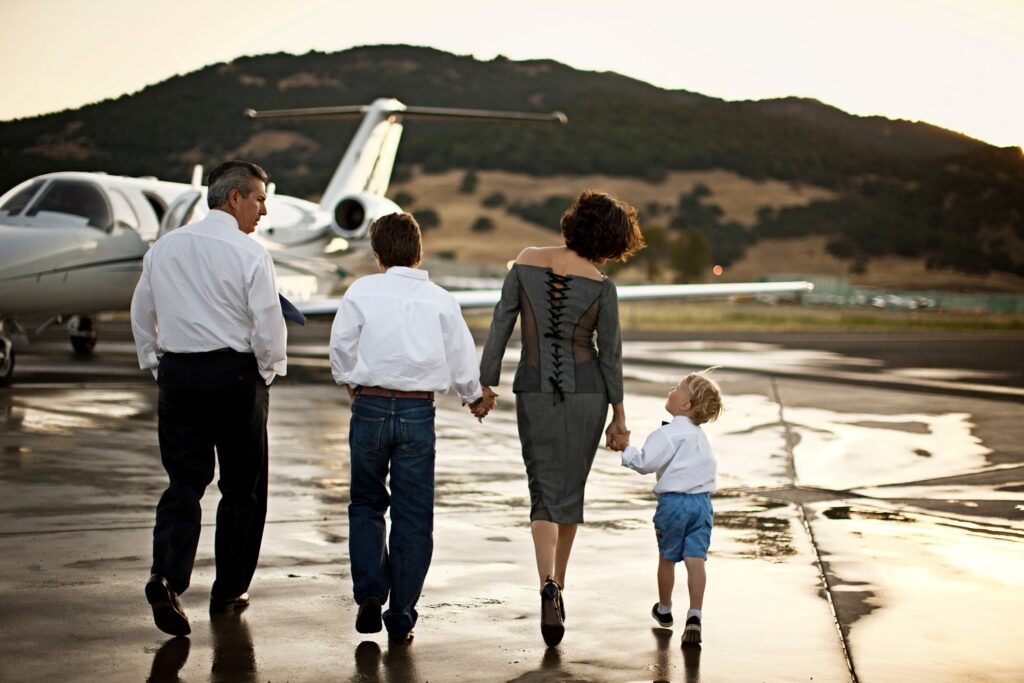
How do the costs of fractional ownership work?
With the main types of fractional ownership, financial outlay is generally split into three main categories – initial outlay (capital purchase or lease costs), monthly fees, and operational fees which vary depending on how much the aircraft is used.
The cost of fractional ownership can vary enormously depending on the aircraft type involved, plus the expected annual utilization by the owner in terms of flight hours. The term of the agreement will often also affect the costs, as longer-term contracts often offer incentives over shorter-term agreements. Aircraft age, condition, and onboard amenities on the aircraft are also important factors.
Where the fractional ownership scheme involves a share of the capital of the aircraft, management companies require a minimum initial investment for a share in the aircraft.
Many of the larger more established management companies offer a five-year management agreement as a minimum term contract with potential shareowners. US-based NetJets, one of the world’s largest players in the fractional jet ownership arena, offers a minimum term of 36 months in return for a guaranteed 50 hours of flying annually as a minimum. In return, owners benefit from premium access to the aircraft at peak times and pay no positioning/ferry flight charges under this ownership tier.
For fractional ownership schemes where a long-term lease takes the place of capital ownership, often the payment covering the lease period is split into installments, offering cash flow benefits for owners and aircraft managers alike.
The monthly fees charged under both types of fractional ownership schemes cover both the fees for the management service itself, plus the fixed costs of owning and operating the aircraft. Such costs will at least include hangarage, storage and parking charges, maintenance, insurance, certification, and other ad hoc charges.
While the monthly fees cover the fixed costs of the aircraft, fractional owners remain liable for the direct operating costs of the aircraft itself. These expenses will include the costs incurred for fuel, crewing, catering, airport handling and landing fees, and any ancillary charges directly attributable to operating the aircraft.
How much are current fractional ownership costs?
Fractional ownership costs vary between management companies, depending on aircraft type, ownership term length, and other factors, and as the industry has developed over the years, so has the competition between management companies.
Management companies generally charge for an aircraft share based on the number of hours an owner expects to use the aircraft annually. For example, each level of ownership offered by Flexjet (another major global fractional ownership business), entitles owners to a percentage of the 800 flight hours available per aircraft per year. Share sizes range from 1/16th (50 hours per year) to 1/2 (400 hours per year).
For example, a 1/8 share entitles an aircraft owner to 100 flight hours annually, which equates to around 50,000 miles (80,000 km). There is no upper limit on the number of shares any one owner may hold in an aircraft.
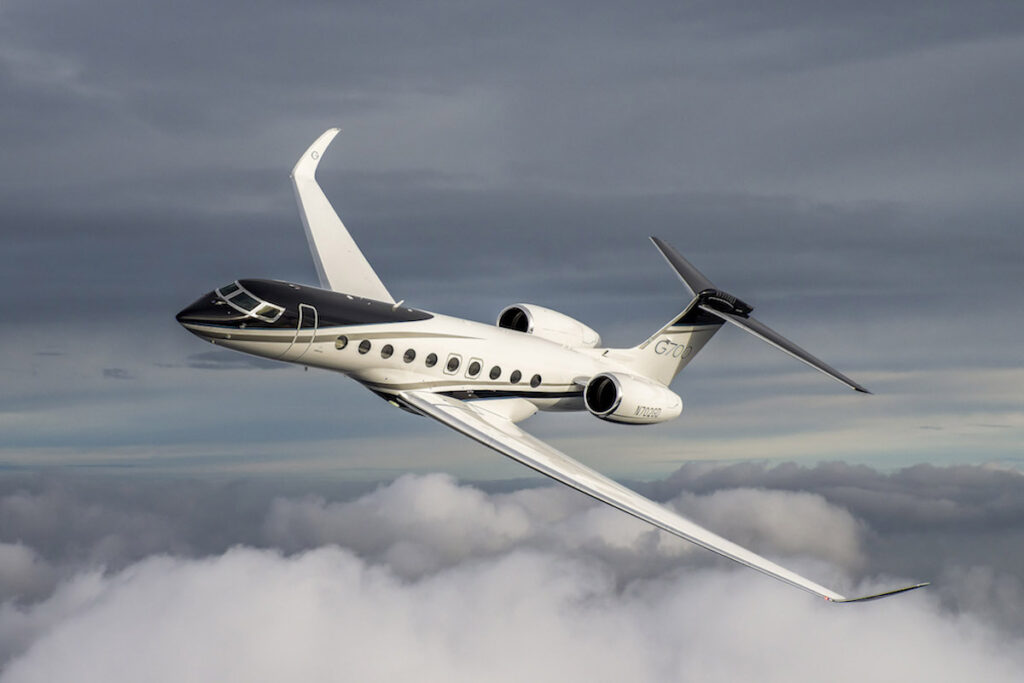
The initial capital investment varies according to the aircraft type, as well as the region of registration and operation, and the desired annual utilization. Prices start at around $550,000 for a 1/16 fraction of a light jet. This is a one-time cost covering a set term of ownership, usually five or ten years. The larger and more capable the aircraft, the higher the initial investment figure.
In terms of the monthly management fees, prices should always be outlined within the management agreement. Currently, the monthly management fees for the fractional ownership of a mid-size jet are in the region of $5,000 to $10,000, again depending on the aircraft type.
On a per-use basis, the operating costs (often referred to as the ‘occupied hourly fee’) are accrued every hour the aircraft is used. These fees will also vary based on the type of jet being flown and share size but for a mid-sized jet, currently comes in at around $4,500 per flying hour, although fuel price fluctuations impact this rate.
In some circumstances, fractional owners may encounter additional fees including local airport surcharges, other taxes, or de-icing costs. These are not included in the monthly or occupied hourly costs.
Typically, for a 1/16 share in a mid-sized jet (such as a Cessna Citation CJ3+) flying 50 hours per year for five years, a fractional owner will pay approximately $820,000 in the first year (including the capital investment), followed by four years at $270,000.
Benefits of fractional ownership
Fractional ownership schemes often attract individuals or organizations who use air travel regularly yet have traditionally stayed away from outright aircraft ownership for the burdensome reasons set out previously. Often, customers are looking for a more flexible and cost-effective option than that offered by full ownership, but which provides a degree of flexibility according to their annual travel needs.
There are several key benefits that fractional ownership schemes can offer that are not generally available through outright aircraft ownership. Essentially, fractional owners can enjoy the benefits of whole aircraft ownership (reliability, guaranteed aircraft availability, choice of times and days of travel, a high-quality travel experience, and the ability to personalize that experience) but at a fraction of the cost.
Unlike outright aircraft ownership, fractional schemes relieve owners of the cumbersome burden of regulatory approvals, maintenance provision, certification, flight planning, operations support, and crewing recruitment, licensing, and training.
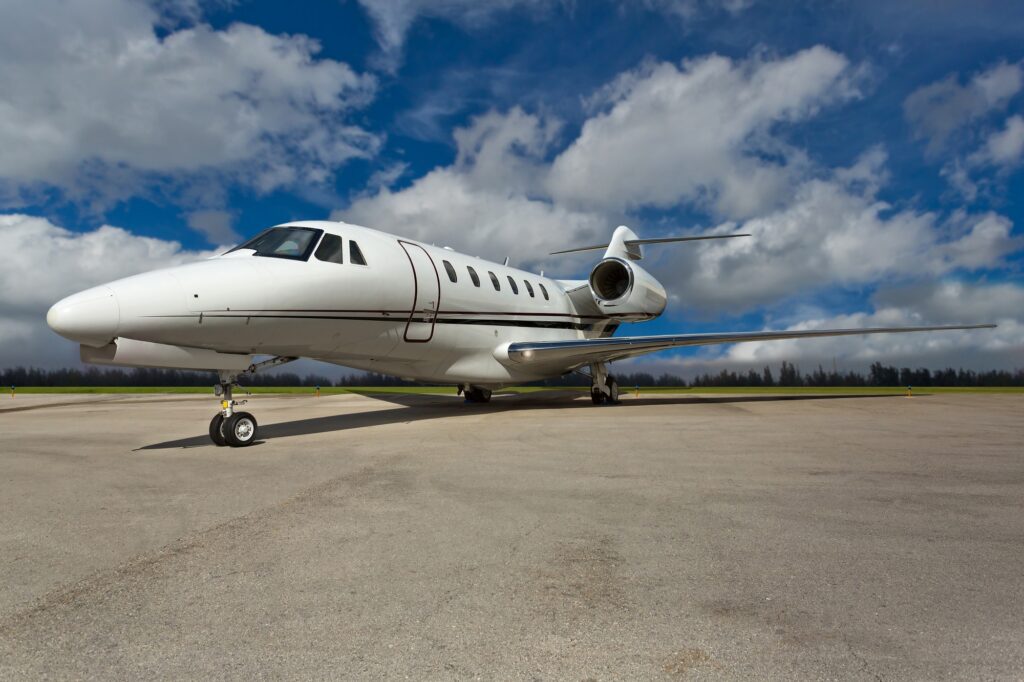
Fractional ownership can (under certain jurisdictions) also provide tax benefits over full aircraft ownership. Whereas ownership of an aircraft will appear on a company’s balance sheet as an asset, a share in an aircraft through fractional ownership tends not to, thus potentially reducing the company’s overall tax liability.
Additionally, for those who desire anonymity and wish to have their identity and movements protected, fractional ownership ensures that the aircraft registration will not be registered (and traceable) to that individual or organization.
Current trends in fractional ownership
Following the pandemic, international travel has boomed sending the fractional ownership industry into overdrive, particularly in the long-range aircraft sector. Industry data confirms that the market for private jet travel on flights of 10 to 13 hours duration was particularly strong throughout 2023 and that overall growth in fractional ownership will continue in 2024 in line with other areas of business aviation.
This expansion of fractional ownership is attributed to several reasons but primarily to a wider variety of aircraft types to choose from, shorter waiting times to gain access to fractional ownership schemes, better-structured fractional ownership schemes offering greater flexibility, and an increased focus on sustainability.
1. Choice of aircraft
As more private and corporate owners show interest in the fractional ownership market and as the needs of fractional owners diversify, the variety of aircraft on offer is increasing. All the major fractional ownership organizations currently have extensive outstanding orders with the leading private jet manufacturers for new aircraft to be delivered over the coming decade.
Fractional companies are not just replacing existing aircraft, they are adding to their fleets. Furthermore, as manufacturers design new models and upgrade their ranges, the leading fractional ownership companies are keen to acquire these models to broaden their offering and offer their clients the latest technology on the market.
2. The waitlist to become a fractional owner is diminishing
Waiting times to buy fractional shares have been lengthy in recent years, varying from several months to several years. However, with the addition of hundreds of aircraft to fractional fleets globally, more shares have become available, and prices have fallen as a result.
While fractional ownership schemes that offer smaller aircraft have generally had shorter waiting times, those wanting shares in larger long-range jets have had a longer wait due to a shortage of supply. However, in 2024 and beyond, waiting times for all aircraft types are expected to continue falling as manufacturers scale up production and delivery rates continue to rise.
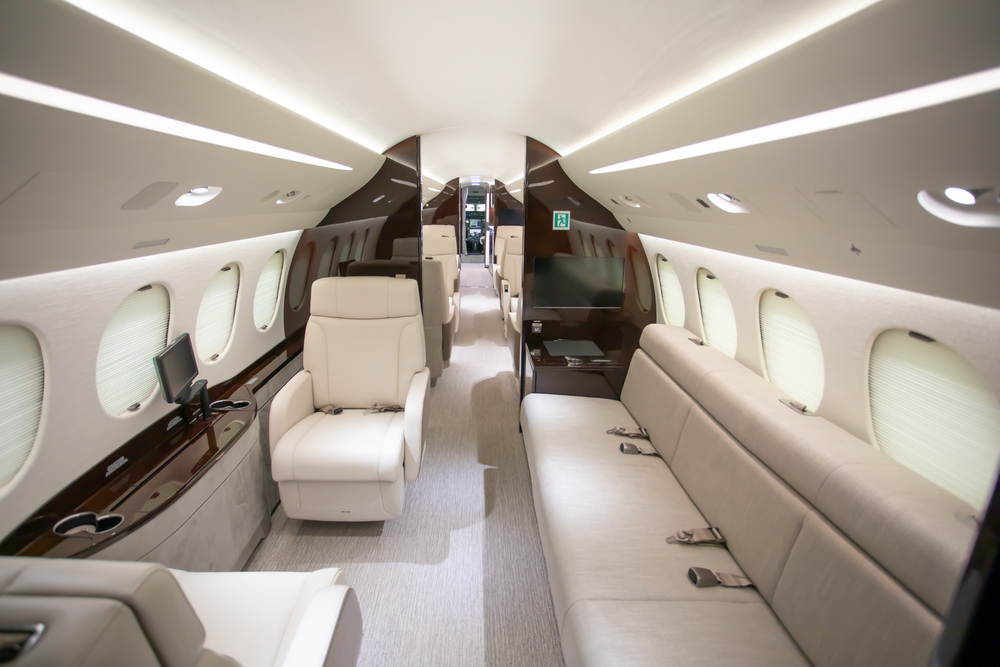
3. New flexible fractional ownership structures
Although the more traditional fractional ownership agreements focus on three major payments (initial outlay, monthly fee, and operational costs), some more niche providers have entered the market by introducing new alternative structures to entice potential customers to consider fractional ownership.
Such innovative fractional ownership structures include no monthly management fees, annual usage rebates, unlimited hours, and days, pilot your own fractional jet, day (rather than month) programs, and bespoke designer aircraft with dedicated crews.
5. Sustainability
Customers who may have previously shied away from private jet ownership (whether that be outright or through fractional ownership) due to environmental concerns are being persuaded to reconsider by steps taken by the private jet industry to address such concerns.
The business aviation industry has become more aware of the need to increase sustainability and fractional ownership companies are no exception. To differing degrees, fractional ownership companies are increasing their use of sustainable aviation fuels (SAF), purchasing carbon offset credits, pledging to become carbon neutral, using book-and-claim options to let clients offset their private jet usage, and reducing overall ground emissions by introducing initiatives such as reducing unnecessary ground power unit running and utilizing more electric-powered ground vehicles.
Finally, some newer aircraft being added to fleets boast an Environmental Product Declaration, which confirms their sustainable sourcing and manufacturing.
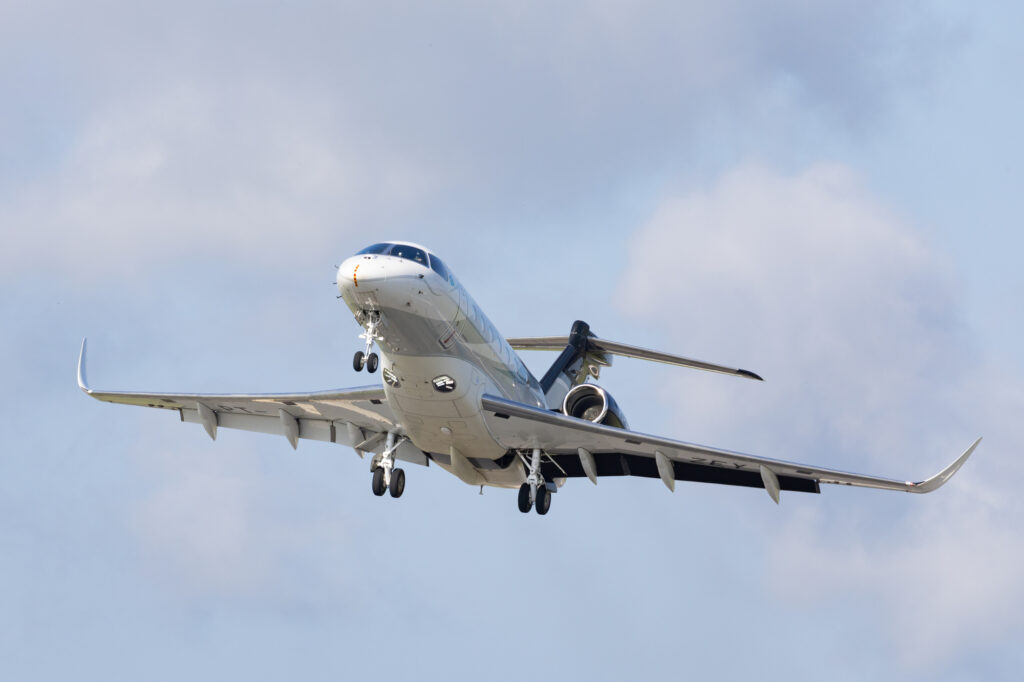
Conclusions
Over the years, commercial air travel has become increasingly prone to delays, cancellations, disruption, congestion, staff shortages, and industrial action. Consequently, for wealthier airline passengers who travel in business or first class cabins or for the organizations that employ them, the opportunities and flexibility offered by fractional ownership have made such schemes a realistic alternative to booking premium airline travel.
Additionally, the pandemic saw many individuals and companies who had to travel forced to use private jets for the first time – a process that drew new customers to the fractional ownership sector. Consequently, having been forced to dip their toes into private jet usage, many have stuck with the option and have found fractional ownership an ideal entry-level and pain-free solution into the executive jet ownership market.
Finally, as the number of ultra-high-net-worth individuals (UHNWI) continues to increase globally on an annual basis (particularly in booming world economies such as India, China, and Brazil), the demand for private jet ownership continues to soar across the world.
For all these reasons, the popularity of fractional ownership schemes continues to rise globally year-on-year and is expected to continue booming in the years to come.

